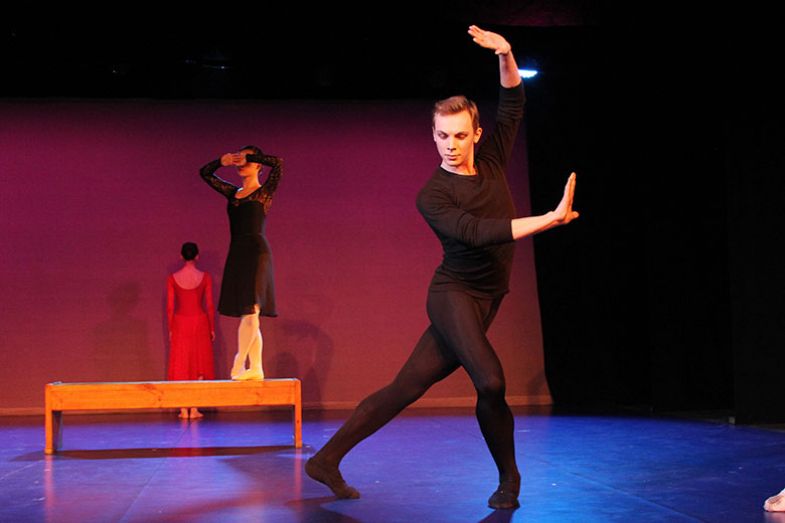
Source:
GITIS

GITIS teaches its renowned choreography traditions and methods with an international approach
Tradition remains at the heart of ballet and choreography at the Russian Institute of Theatre Arts (GITIS), says Olga Tarasova, a professor and workshop leader in the choreography department. “Our Russian school has a long history and has existed for nearly 300 years. Its experience provides stability to fundamental principles which, in my opinion, are the unshakable basis for our Russian school.”
In 1946 and the aftermath of the Second World War, theatres across Russia suffered from a lack of professional choreographers. GITIS alumni returned to breathe life into the arts during the post-war period. Recognising this gap in the Russian cultural landscape, renowned dancer and choreographer Rostislav Zakharov established a ballet master faculty, and with it the department of choreography, within the GITIS.
The first students represented the 15 republics of the USSR, and later groups included students from other socialist countries throughout Europe, from the German Democratic Republic to Bulgaria. Today, students hail from all over the world, but these alumni retain the core traits of Russian training, irrespective of where they end up performing, teaching or practising their craft, Professor Tarasova notes.
“In our faculty, students may acquire the speciality not only of choreographer, but of choreography teacher as well,” she says. “That is why many of our graduates teach at dance schools in Russia and other parts of the world.”
Additionally, ballet schools and teachers in other countries often incorporate Russian ballet traditions into their curricula, she says. “And not only methods – they also borrow a style of performing. They borrow something that also forms part of our Russian mentality: spirituality, softness, lyricism, breadth.”
Professor Tarasova graduated from GITIS in 1957, going on to perform as a ballerina with the Bolshoi Theatre for many years. She danced in numerous ballets including The Little Humpbacked Horse, Mirandolina, Don Quixote, Raymonda and The Thunder Trail.
In 1968, she returned to the institute, as a second ballet teacher, where she worked with Professor Zakharov himself. There are a number of notable performers among her former students, including Boriana Sechanova, an artistic director and choreographer with the Arabesque Contemporary Dance Company in Bulgaria, and Angelica Cholina choreographer of the Vakhtangov Theatre in Moscow.
However, the world and Russia have changed since the ballet department first opened its doors to students, not least because of the rise of international exchange. During her career, as both a Bolshoi ballerina and later a choreographer and stage director, Professor Tarasova has travelled a great deal, and this is something that has become increasingly important within the department.
“For us art people, it is truly a creative exchange,” she says. “Thanks to tours, every artistic troupe has an opportunity to show their national and classical achievements, and to develop their artistic perspectives.” This is what happened at GITIS: “People of different nationalities started to know each other. It was something that did not exist before.”
Professor Tarasova’s goal is to produce another generation of young choreographers, balancing the requirements of the modern dance world while keeping Russian ballet traditions alive – the spirit of GITIS’ ballet master faculty and choreography department.
Find out more about GITIS.









